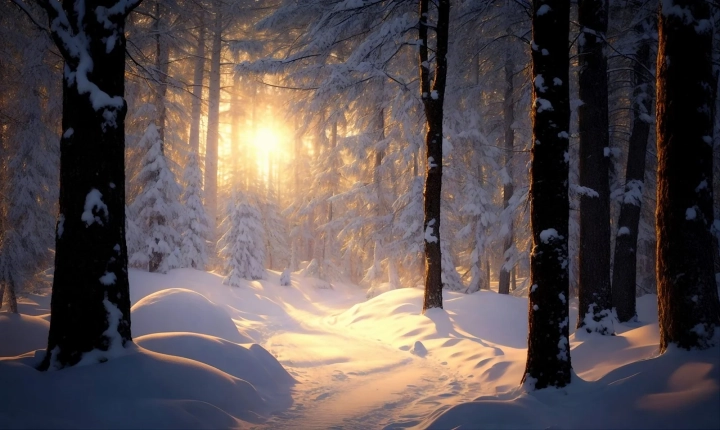AI, or artificial intelligence, has made significant strides in the world of art, creating breathtaking and thought-provoking pieces that challenge our understanding of creativity and expression. Using complex algorithms and machine learning techniques, AI has been able to produce artwork that rivals the works of human artists, sparking a new era of art creation.
One of the most fascinating aspects of AI-created artwork is the way it leverages generative adversarial networks (GANs) to produce original and unique pieces. GANs consist of two neural networks: a generator and a discriminator. The generator creates new images or artworks, while the discriminator evaluates them and provides feedback. Through a process of iteration and refinement, these networks work together to produce increasingly sophisticated and diverse artwork.
By training on vast datasets of existing art and visual imagery, AI can learn to recognize patterns, styles, and techniques, which it can then apply to the creation of new pieces. This enables AI to produce artwork that is influenced by, but not simply imitative of, existing artistic traditions. It can blend elements from different styles, genres, and periods, resulting in a fusion of creativity that transcends conventional artistic boundaries.
Furthermore, AI’s ability to process and analyze large amounts of data enables it to generate art that is deeply informed by cultural and historical contexts. It can detect and incorporate subtle nuances and motifs from different artistic movements, creating a rich tapestry of influences in its creations. This has led to the emergence of entirely new aesthetic possibilities, challenging our perceptions of what constitutes art and pushing the boundaries of creativity.
Another remarkable aspect of AI-created artwork is its capacity for collaboration with human artists. AI tools can be used as a catalyst for inspiration, providing artists with fresh perspectives and ideas that they may not have considered otherwise. By working in tandem with AI, artists can explore uncharted territories of creativity, enriching their own artistic practice and contributing to the evolution of artistic expression.
Moreover, AI-generated art has opened up new avenues for accessibility and inclusivity in the art world. By democratizing the process of art creation, AI has the potential to empower individuals who may not have had access to traditional artistic training or resources. This technology provides a platform for a diverse range of voices and perspectives, enriching the artistic landscape with innovative and inclusive works of art.
Despite these groundbreaking advancements, some critics have raised concerns about the potential implications of AI-generated artwork. Questions about the originality and authenticity of AI-created art have sparked debates about the role of human agency and authorship in the creative process. Additionally, there are ethical considerations surrounding the use of AI in the art world, particularly in relation to issues of bias, representation, and the impact on traditional artistic practices.
As AI continues to advance, it is clear that its impact on the art world will be profound and far-reaching. The integration of AI into the creative process challenges us to redefine our understanding of art, creativity, and the role of technology in shaping cultural expression. Whether viewed as a tool for innovation and collaboration or as a disruptive force in the art world, AI-generated artwork invites us to contemplate the future of creativity and the ever-changing nature of artistic practice.
